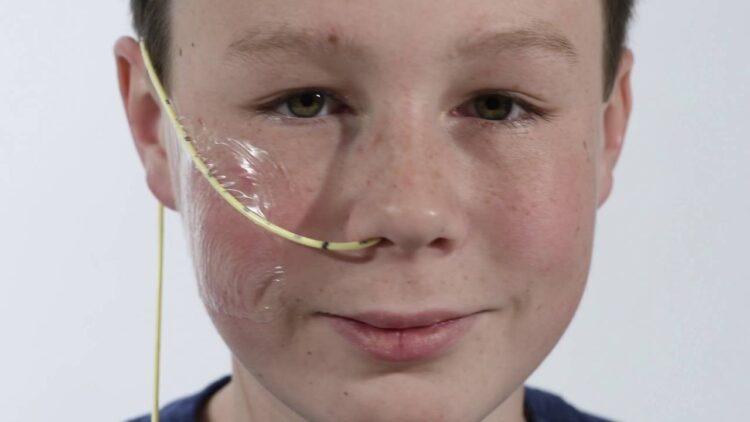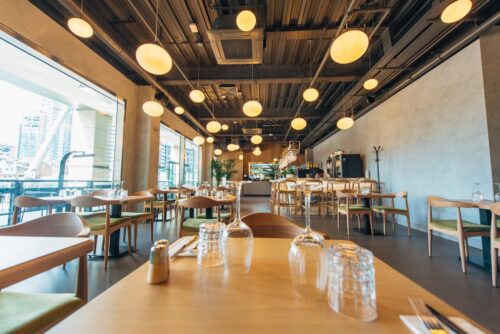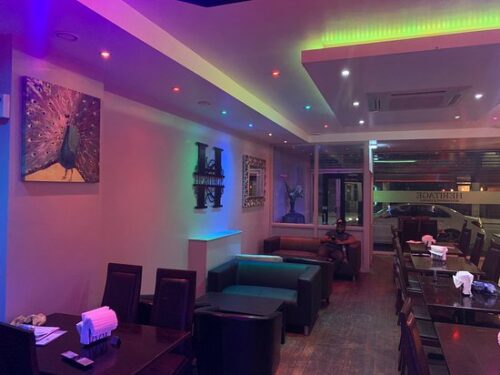By Charlotte Webster-
Feeding tubes were mistakenly inserted into people’s lungs in the UK, more than a dozen times between April and September, during the heights of the pandemic, new data shows.
A feeding tube is a device that’s inserted into your stomach through your abdomen. It’s used to supply nutrition when you have trouble eating. Feeding tube insertion is also called percutaneous endoscopic gastrostomy (PEG), esophagogastroduodenoscopy (EGD), and G-tube insertion
The so-called ‘never event’ , when nasogastric (NG) equipment was incorrectly placed, occurred 14 times in England over the six-month period, according to analysis by the Healthcare Safety Investigation Branch (HSIB).
Covid-19 measures made inserting the tubes which deliver food, liquid or medication to critically ill patients more challenging, the report said.
Problems such as access to clinical notes in restricted Covid-19 areas in hospitals meant that investigation into misplaced NG kit was not as quick, and “reflected pressures on the system at that time”, the HSIB said. The report did not state the full consequences of the error on the affected patients.
Bloating
The feeds are concentrated and can sometimes cause bloating and diarrhoea, researchers have told The Eye Of Media.Com. Those in receipt of the tubes need to have the feeds at a slower rate if this happens. Dietitians sometimes change the type of feeding patients have, and extra fluids can be required through a drip to prevent dehydration if you have diarrhoea.
The body have now made a number of recommendations on how NG treatment could be improved, including the development of a national standard training programme for NG tube placement.
They also suggest that NHS England and NHS Improvement work with the Department of Health to see where research into patient safety could be commissioned in this area.
Dr Stephen Drage, director of investigations at HSIB and ICU consultant said: “NG tubes are used successfully everyday to deliver vital fluids and food to patients in hospitals across the country. However, just one wrong placement has the potential to cause severe complications and harm.
“This can be devastating for all involved especially as NG tubes tend to be needed by critically ill and vulnerable patients.”
Dr Drage believes that there “aren’t strong barriers in place to prevent this and that there was potential for improvement in a number of areas” of this care.
He went on: “The investigation also highlights that more research is needed to understand future technological solutions that could provide an even stronger barrier to error.”
An NHS spokeswoman said: “The NHS provides more than half a billion patient treatments and visits a year and, while incidents like these are thankfully extremely rare, it is vital that when they do happen hospitals investigate, learn and act to minimise risks.
“The patient safety strategy published last year gives NHS staff even more support to do their job and includes a new education programme and a world leading incident reporting system to reduce the risks of human error.”




